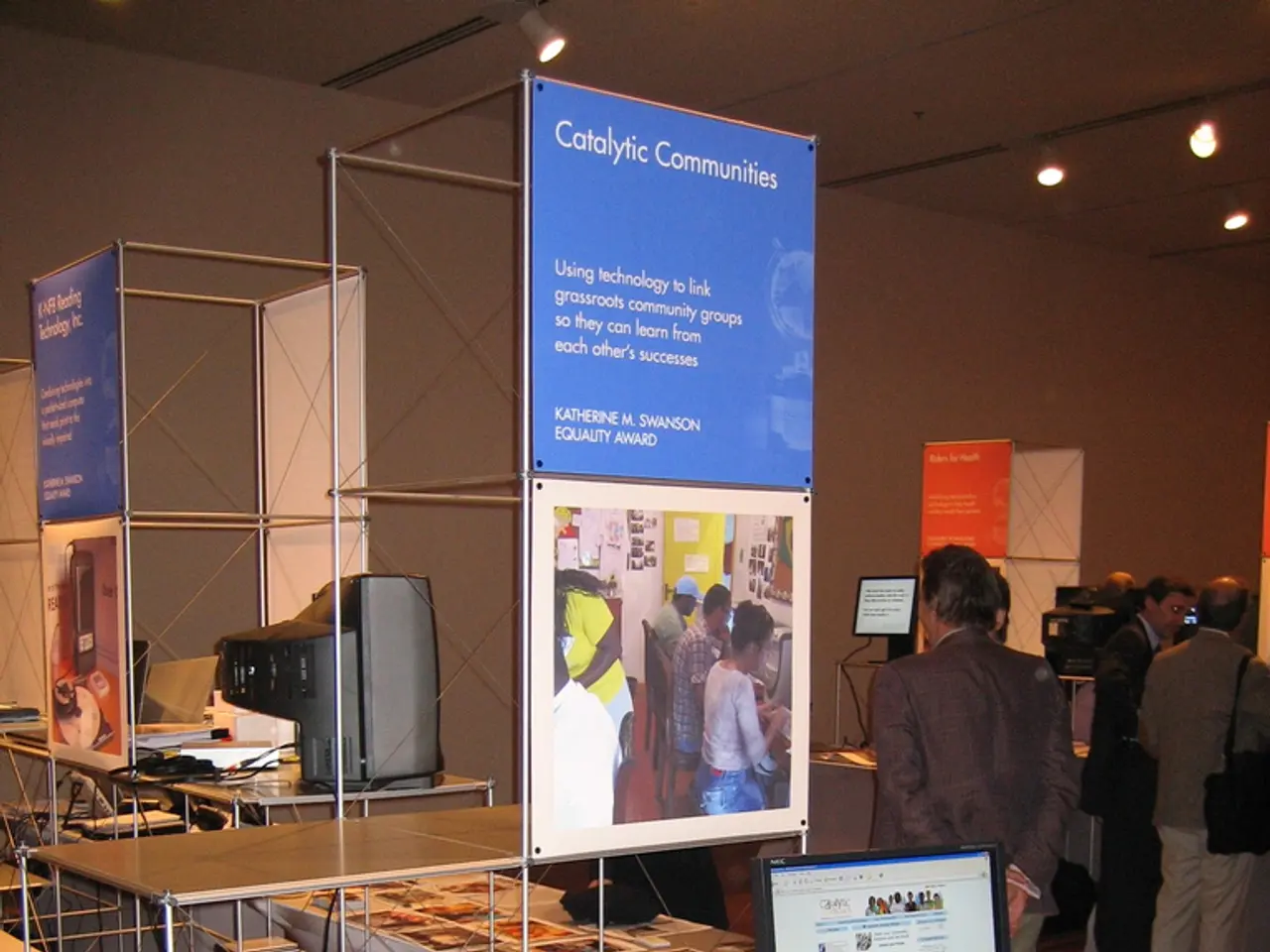Texas HyperGrid: Reality Check or Exaggeration?
In a significant move for the energy sector, the HyperGrid project in Texas is set to revolutionize the way next-generation artificial intelligence (AI) and data centers are powered. The project, being developed near Amarillo in partnership with the Texas Tech University system and Fermi America, will integrate multiple energy sources, including nuclear, natural gas, solar panels, wind, batteries, and grid power [1][2][4].
The HyperGrid is designed to supply approximately 1 gigawatt (GW) of clean electricity directly at the site, reducing strain on the general power grid [1][4]. This ambitious project aims to provide a diverse, stable, and reliable energy mix, supporting decarbonization and meeting the rapidly increasing energy demand driven by AI, industrial growth, and electrification trends [1][2][4].
One of the key features of the HyperGrid is its advanced cooling technologies, such as recycling water and using non-potable sources, to minimize environmental impact [5]. By localizing energy production for massive data centers, the HyperGrid can improve grid efficiency and potentially reduce transmission losses and bottlenecks in the Texas grid.
However, the project is not without its challenges. Currently in early development, construction of the nuclear portion is scheduled to start next year, with the first reactor expected online by 2032 [1][4]. This timely execution is a significant hurdle, as is the project's substantial capital investment and regulatory complexity, including obtaining licenses from the Nuclear Regulatory Commission (NRC) [1][4].
Integration of multiple energy sources into a single grid demands sophisticated management to maintain reliability and efficiency. While nearly all electricity is consumed onsite, the broader impact on the public grid during peak and transition phases remains to be seen.
The HyperGrid plays a critical role in addressing both Texas's and the US's evolving grid demands. By creating a behind-the-meter private grid supplying direct, stable power to AI data centers and industrial users, it lessens pressure on the public grid and enhances energy security [4]. The project exemplifies a structural shift in US energy consumption, where growing industrial and data demands require new approaches combining nuclear power with renewables and gas to maintain grid resilience [1].
The HyperGrid could serve as a model for future hybrid energy campuses that integrate clean nuclear energy with renewables and storage, paving the way for sustainable, large-scale data and AI infrastructure across the US [2][3]. As the race between the United States and China in AI and clean energy technology heats up, the HyperGrid project is a promising step forward.
References:
[1] Fermi America. (2022). HyperGrid Project. Retrieved from https://www.fermiamerica.com/projects/hypergrid
[2] Texas Tech University. (2022). HyperGrid Project. Retrieved from https://www.ttu.edu/hypergrid/
[3] U.S. Department of Energy. (2021). Distributed Energy Resource Interconnection Roadmap. Retrieved from https://www.energy.gov/eere/articles/department-energy-publishes-distributed-energy-resource-interconnection-roadmap
[4] Perry, R. (2022). The HyperGrid: A New Paradigm for Industrial-Scale Clean Energy and AI Infrastructure. Retrieved from https://www.forbes.com/sites/rickperry/2022/06/30/the-hypergrid-a-new-paradigm-for-industrial-scale-clean-energy-and-ai-infrastructure/?sh=5448c25b5246
[5] Fermi America. (2022). HyperGrid Project: Advanced Cooling Technologies. Retrieved from https://www.fermiamerica.com/projects/hypergrid/advanced-cooling-technologies
- The HyperGrid project in Texas, a collaboration between Texas Tech University system, Fermi America, and the broader industry, integrates various energy sources, such as nuclear, natural gas, solar panels, wind, batteries, and grid power, to revolutionize the powering of next-generation AI and data centers.
- Financing for the HyperGrid project is a significant hurdle, given the project's substantial capital investment and regulatory complexity, including obtaining licenses from the Nuclear Regulatory Commission (NRC).
- In the realm of politics and general-news, the HyperGrid project is a promising step forward in the United States' race against China in AI and clean energy technology, serving as a model for future hybrid energy campuses that integrate clean nuclear energy with renewables and storage for sustainable, large-scale data and AI infrastructure.




